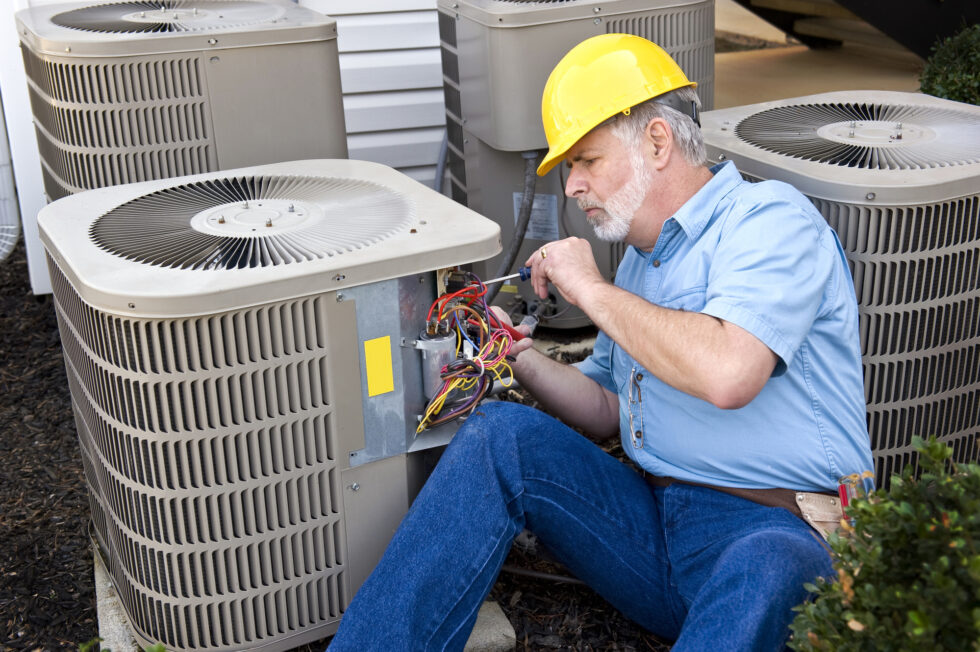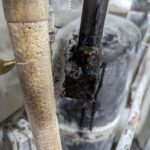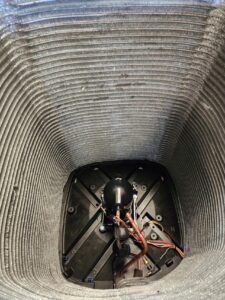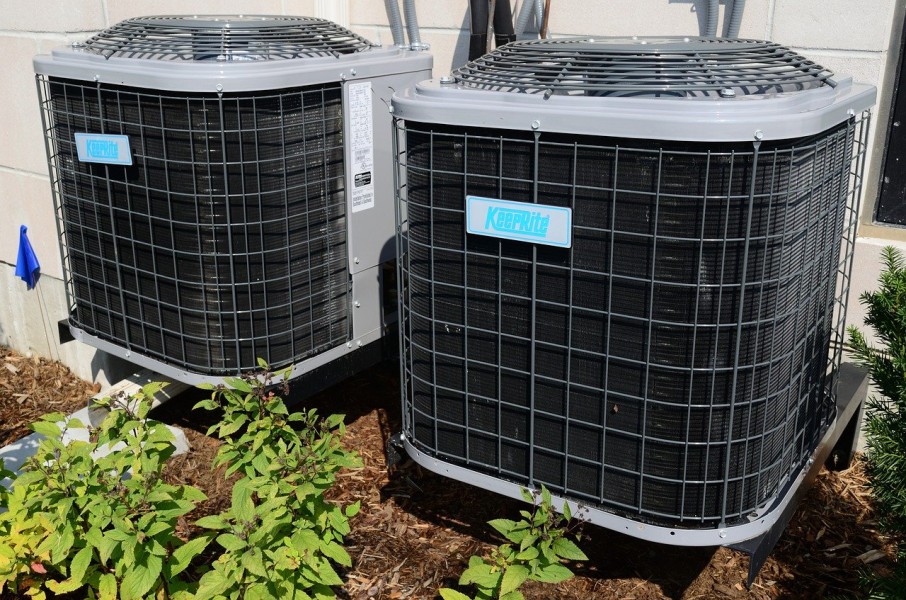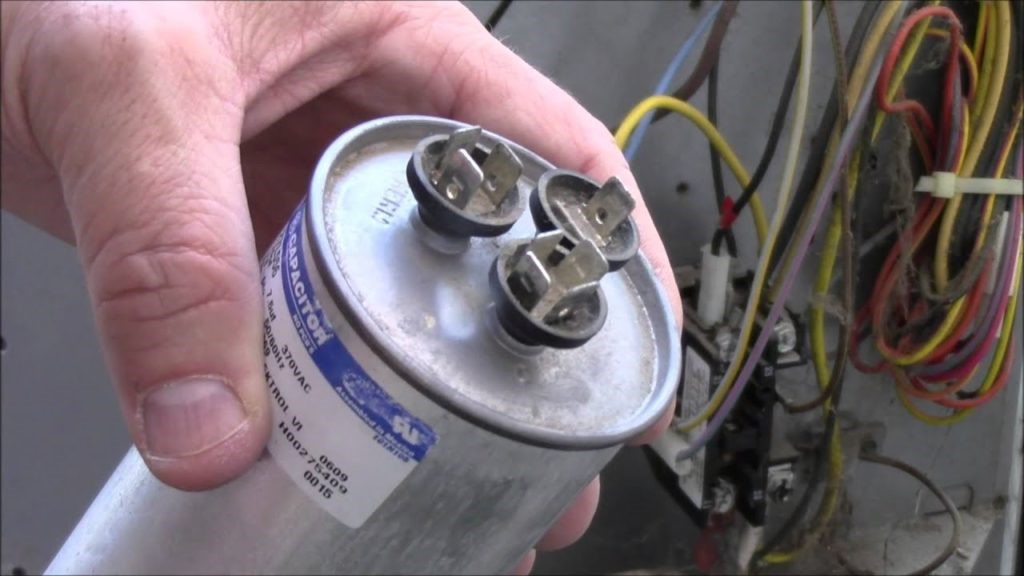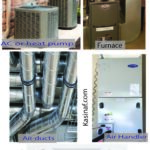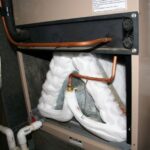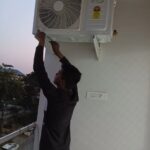If a carbon monoxide detector goes off, immediately evacuate to fresh air, call 9-1-1, and wait for first responders. Do not re-enter the building, as the threat may persist even if the alarm stops. Prioritize safety and seek professional clearance before returning.
Responding to a Carbon Monoxide Detector Alarm
If your carbon monoxide detector goes off, follow these critical steps to protect yourself and others from potential harm:
- Evacuate Immediately:
- Priority: Leave the building promptly. Head to fresh air and ensure your safety.
- Emergency Services Contact:
- Dial 9-1-1: Once outside, call 9-1-1 to report the incident.
- Symptoms Information: Inform emergency services if anyone is experiencing symptoms like headaches, dizziness, or vomiting related to carbon monoxide exposure.
- Stay Outside:
- Wait for Clearance: Do not re-enter the building until first responders clear it.
- Ongoing Threat: Even if the alarm stops, appliances are turned off, and windows are open, do not return as the source may still emit the poisonous gas.
Taking swift action in response to a carbon monoxide alarm is crucial for everyone’s safety. Always prioritize evacuation and seek professional assistance to ensure the premises are safe before returning.
What is carbon monoxide?
Carbon monoxide (CO) is a colorless, odorless gas formed during the incomplete combustion of carbon-containing fuels such as gasoline, wood, or natural gas. It is harmful when inhaled, preventing the blood from effectively transporting oxygen. CO can be produced by vehicles, stoves, fireplaces, furnaces, and other fuel-burning appliances, posing health risks. Installing carbon monoxide detectors is essential for early detection and safety.
what to do if a carbon monoxide detector goes off
Recognizing Symptoms of Carbon Monoxide Exposure
Understanding the signs of carbon monoxide (CO) exposure is crucial for prompt action. Common symptoms include:
- Headache
- Sleepiness
- Dizziness
- Blurred Vision
- Confusion and Disorientation
- Vomiting
- Nausea
- Increased Heart Rate
- Loss of Consciousness
- Fatigue or Weakness
- Tightening in the Chest
- Light-headedness
- Loss of Muscle Control
If you or others experience these symptoms and suspect CO exposure, evacuate immediately and seek medical attention. Early detection and intervention are vital for mitigating the risks associated with carbon monoxide.
How Does a Carbon Monoxide Detector Work?
Carbon monoxide detectors, now mandated in numerous US states, are essential safety devices resembling traditional smoke detectors. Key operational details include:
- Detection Mechanism:
- A microchip within the device actively senses carbon monoxide gas in the environment.
- Signal Transmission: The microchip sends signals upon detecting the presence of the gas.
- Indicator Features:
- LED lights on the detector serve as indicators for battery replacement when needed.
- Wiring Options: Detectors may be directly wired into an electrical system for continuous power.
- Alarm Activation:
- Upon detecting carbon monoxide, the device triggers a shrill alarm, alerting occupants to potential danger.
Ensuring the proper functioning of carbon monoxide detectors is crucial for early
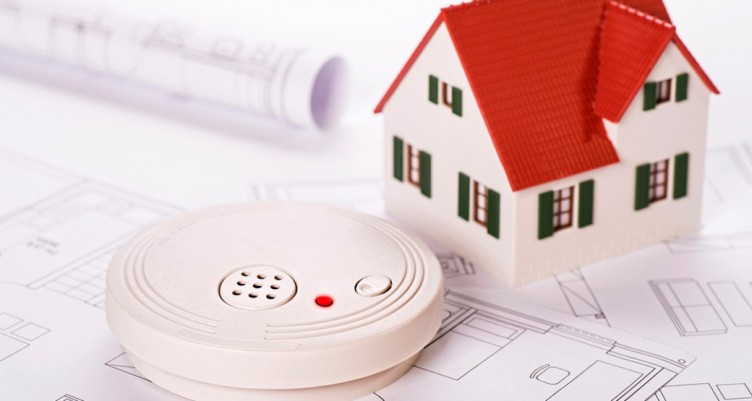
Understanding Carbon Monoxide Detector Beeping
Experiencing a beeping carbon monoxide detector can be concerning, but there’s no need to panic. Follow these steps to ensure safety:
- Immediate Actions:
- Check Occupants: First, ensure everyone in the house is feeling okay.
- Flu-Like Symptoms: If anyone exhibits flu-like symptoms, contact 911 and move outside for fresh air immediately.
- Interpreting Beep Patterns:
- Continuous High-Pitched Sound: A continuous high-pitched alarm signals a carbon monoxide leak. Contact emergency services promptly.
- Understanding Different Beep Types:
- 30-Second Beeps: Non-emergency chirping every 30 seconds indicates the detector is near its end of life and requires replacement. Battery replacement does not stop this beeping.
- Random Beeps: Check battery levels if the detector chirps randomly; low batteries chirp once every minute. Carbon monoxide presence causes frequent beeps every few seconds.
- Regular Beeps: Three consecutive beeps around every five minutes indicate malfunction. Newer models may provide prompts through recorded messages or light indicators, signaling the need for detector replacement.
Understanding these beep patterns is crucial for appropriate responses, ensuring the continued effectiveness of your carbon monoxide detector.
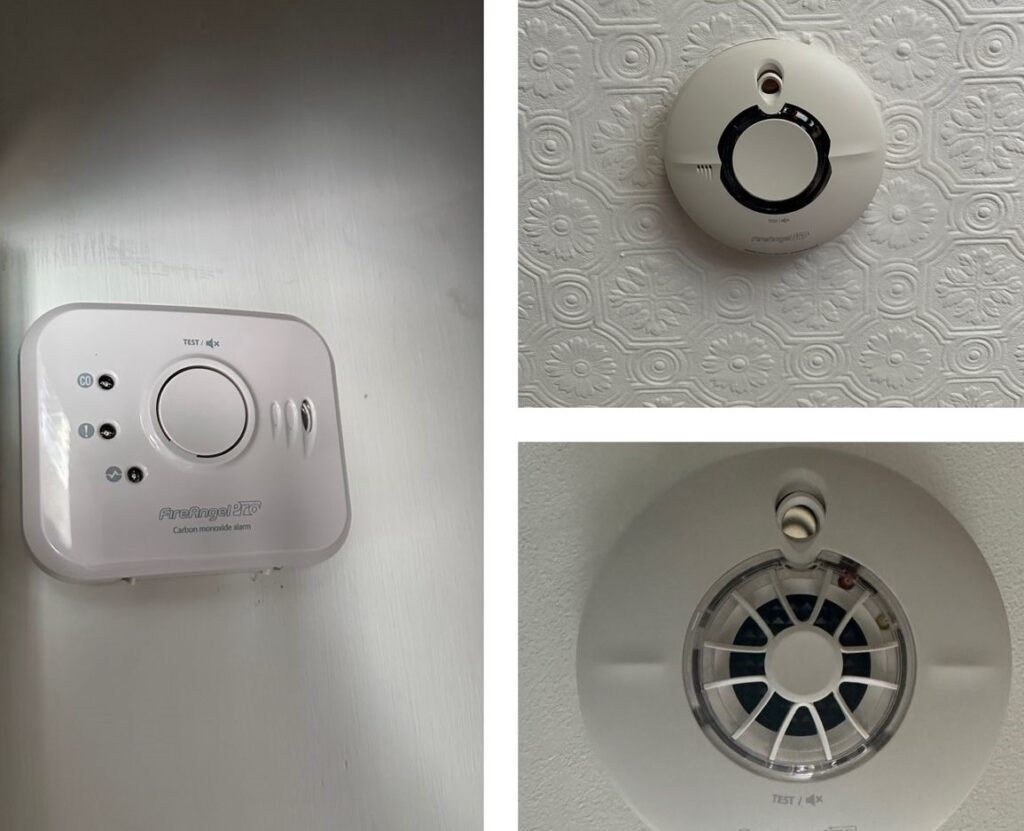
How to Stop a Carbon Monoxide Detector Going Off
Resolving Carbon Monoxide Detector Alarms
Stopping Continuous Alarms:
- In case of a continuous, shrill alarm, immediately evacuate to fresh air and wait for clearance from emergency services before re-entering.
Addressing Other Beeping Patterns:
- Replace or Check Battery:
- Frequent beeping often indicates a malfunctioning battery. Replace or reposition the battery, then reset the device.
- Check LED Lights:
- Carbon monoxide alarms feature LED lights conveying information. Some display ‘error’ messages or codes. Smart detectors linked to smartphones provide clarity on device status.
- If an error code appears without actual carbon monoxide presence, clean inside the detector to remove dust that might interfere with sensors. Use a dusting cloth or vacuum, avoiding water or cleaners.
- Address False Alarms:
- Detectors near fireplaces or gas stoves may trigger false alarms due to trace amounts of carbon monoxide. Place detectors at least 15 feet away from fuel-burning appliances to prevent false alerts.
Understanding and addressing these aspects ensures your carbon monoxide detector operates effectively, minimizing false alarms and enhancing overall safety.

Resetting Your Carbon Monoxide Detector
Reset Process:
- Carbon monoxide detectors need either a connected battery or wired power for resetting. Ensure power is available before starting.
- Locate the ‘silence’ or ‘reset’ button and hold it down for 10 or more seconds. LED lights should blink or reactivate, accompanied by a singular beep.
- Smart detectors often offer reset controls through associated apps, allowing convenience through your phone.
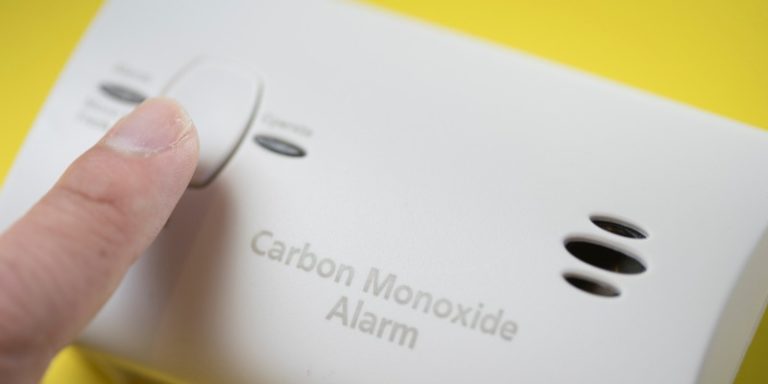
Where to Install Your Carbon Monoxide Detectors
- Install multiple carbon monoxide detectors on every floor of your building, similar to smoke alarms, to enhance safety.
- Position detectors on the wall, approximately five feet above ground level. Some models detect both smoke and carbon monoxide.
- Crucially, place detectors near bedrooms as carbon monoxide is undetectable during sleep. This ensures nighttime safety.
- Install detectors in spaces with fuel-powered appliances, including the garage for tools and vehicles.
- Be cautious of sensor interference caused by UV lights and humidity. Avoid placing detectors near sunny windows or in bathrooms.
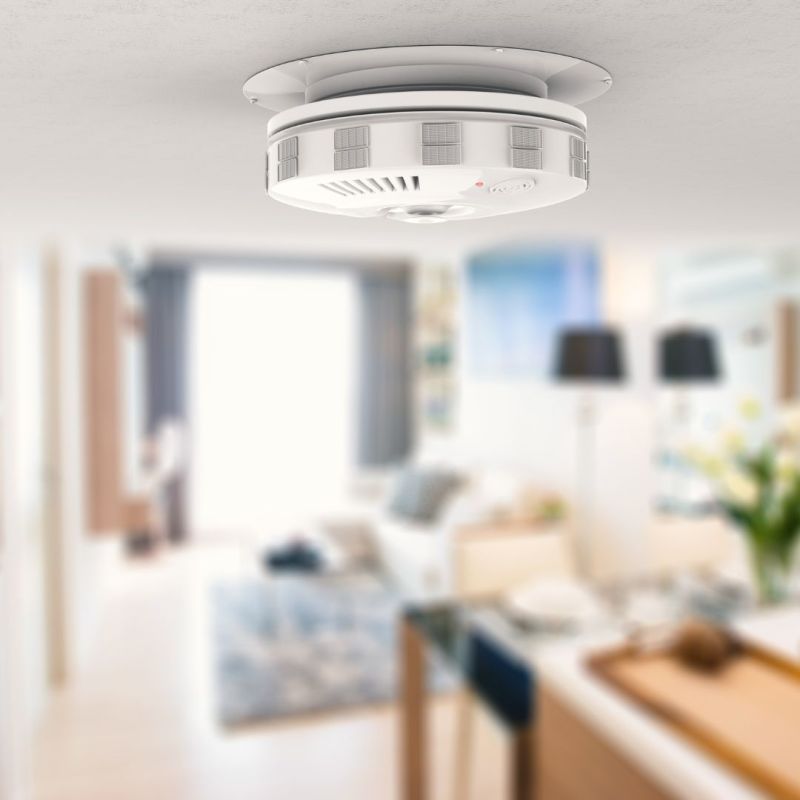
Ensuring correct placement and understanding the reset process guarantees the effectiveness of your carbon monoxide detector for enhanced safety.
Frequently asked questionsTop of Form
Should I worry if my carbon monoxide alarm goes off?
Yes, if your carbon monoxide alarm goes off, it indicates dangerous levels of CO. Immediately evacuate everyone, call 911, and do not re-enter the home until it’s safe. Unsafe CO levels can be lethal, requiring urgent action to ensure safety.
Do carbon monoxide detectors give false alarms?
Yes, carbon monoxide (CO) detectors can sometimes give false alarms, although it’s not very common. False alarms can be caused by a number of factors, including:
- Low Battery or End of Life: Some detectors may beep or signal an alarm when the battery is low or the detector is reaching the end of its life span.
- Malfunction or Faulty Detector: Like any electronic device, CO detectors can malfunction or become faulty, leading to false alarms.
- Improper Placement: Placing a CO detector too close to sources of heat or humidity, like bathrooms or kitchens, can sometimes trigger false alarms.
- Environmental Interferences: High levels of humidity or other gases (such as hydrogen) can sometimes be misinterpreted by the detector as carbon monoxide.
To minimize false alarms, ensure your CO detector is correctly installed according to the manufacturer’s instructions, regularly maintained, and replaced every 5-7 years or as recommended by the manufacturer. If your CO detector goes off, it’s crucial to treat it as a real threat and take immediate safety measures, including evacuating and calling emergency services, until the source of the alarm can be determined.
Why did my carbon monoxide detector randomly go off?
Your carbon monoxide detector could randomly go off due to actual CO presence, low batteries, a malfunctioning unit, dust buildup, or improper placement. Always treat an alarm as a potential CO hazard, check for common issues, and ensure safety first.
Who to call if carbon monoxide alarm goes off?
If your carbon monoxide alarm goes off, immediately evacuate everyone from the premises to a safe location and then call 911 or your local emergency services. They can assess the situation, determine the presence of carbon monoxide, and identify the source.


